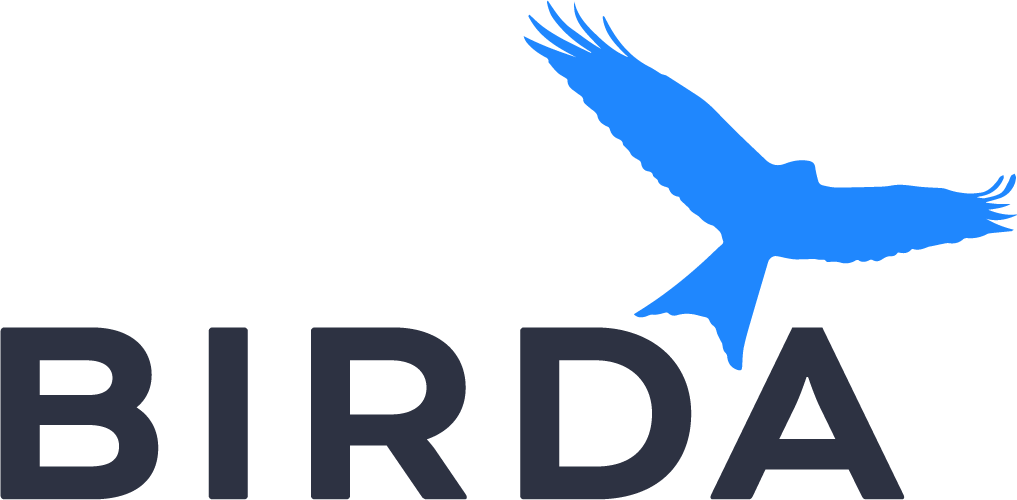
Turkey Vulture
Cathartes aura
The turkey vulture, known scientifically as Cathartes aura, is a bird of prey that is the most widespread of the New World vultures. It is a large bird, with a wingspan of 160–183 cm (63–72 in), a length of 62–81 cm (24–32 in), and weight ranging from 0.8 to 2.41 kg (1.8 to 5.3 lb). The adult turkey vulture is recognized by its bald red head, dark plumage, and a relatively short, hooked, ivory-colored beak. The underwing coverts are silvery-gray, providing a contrast against the darker wing linings.
Identification Tips
When observing the turkey vulture in flight, look for its distinctive silhouette with wings held in a shallow V-shape. The bird often rocks or tips from side to side, allowing the silvery-gray flight feathers to catch the light. The small, red head is proportionally small compared to its body, and the beak is short and hooked. The legs and feet are pinkish in color, often stained white due to urohidrosis, a cooling behavior where the bird defecates on its own legs.
Habitat
Turkey vultures inhabit a variety of open and semi-open areas, including subtropical forests, shrublands, pastures, and deserts. They are often found in areas that juxtapose with woodlands, which are important for nesting and roosting.
Distribution
The turkey vulture's range extends from southern Canada to the southernmost tip of South America. It is a permanent resident in the southern United States, with northern populations migrating as far south as South America.
Behaviour
Turkey vultures are gregarious and roost in large community groups. They are known for their soaring flight, utilizing thermals to stay aloft with minimal flapping. On the ground, they have an ungainly, hopping walk and require significant effort to take flight. They are also known for their horaltic pose, where they spread their wings to dry, warm their body, or bake off bacteria.
Song & Calls
Lacking a syrinx, the turkey vulture's vocalizations are limited to grunts or low hisses.
Breeding
Breeding season varies with latitude, starting in March in the southern United States and extending into August in northerly latitudes. Turkey vultures nest in protected locations such as cliffs, caves, or hollow trees, laying one to three cream-colored eggs with brown or lavender spots. Both parents incubate and care for the altricial chicks by regurgitating food.
Similar Species
The black vulture is similar in appearance but can be distinguished by its shorter tail and wings, which make it appear smaller in flight.
Diet and Feeding
Turkey vultures feed almost exclusively on carrion, preferring recently dead animals and avoiding putrefied remains. They have a keen sense of smell and can detect the gases produced by decaying animals, which aids in locating food.
Conservation status
The turkey vulture is classified as Least Concern by the IUCN Red List. Populations appear stable, and it has not reached the threshold for inclusion as a threatened species.




































































